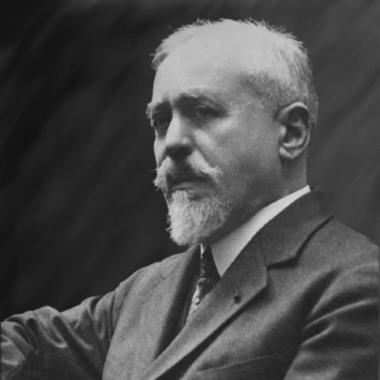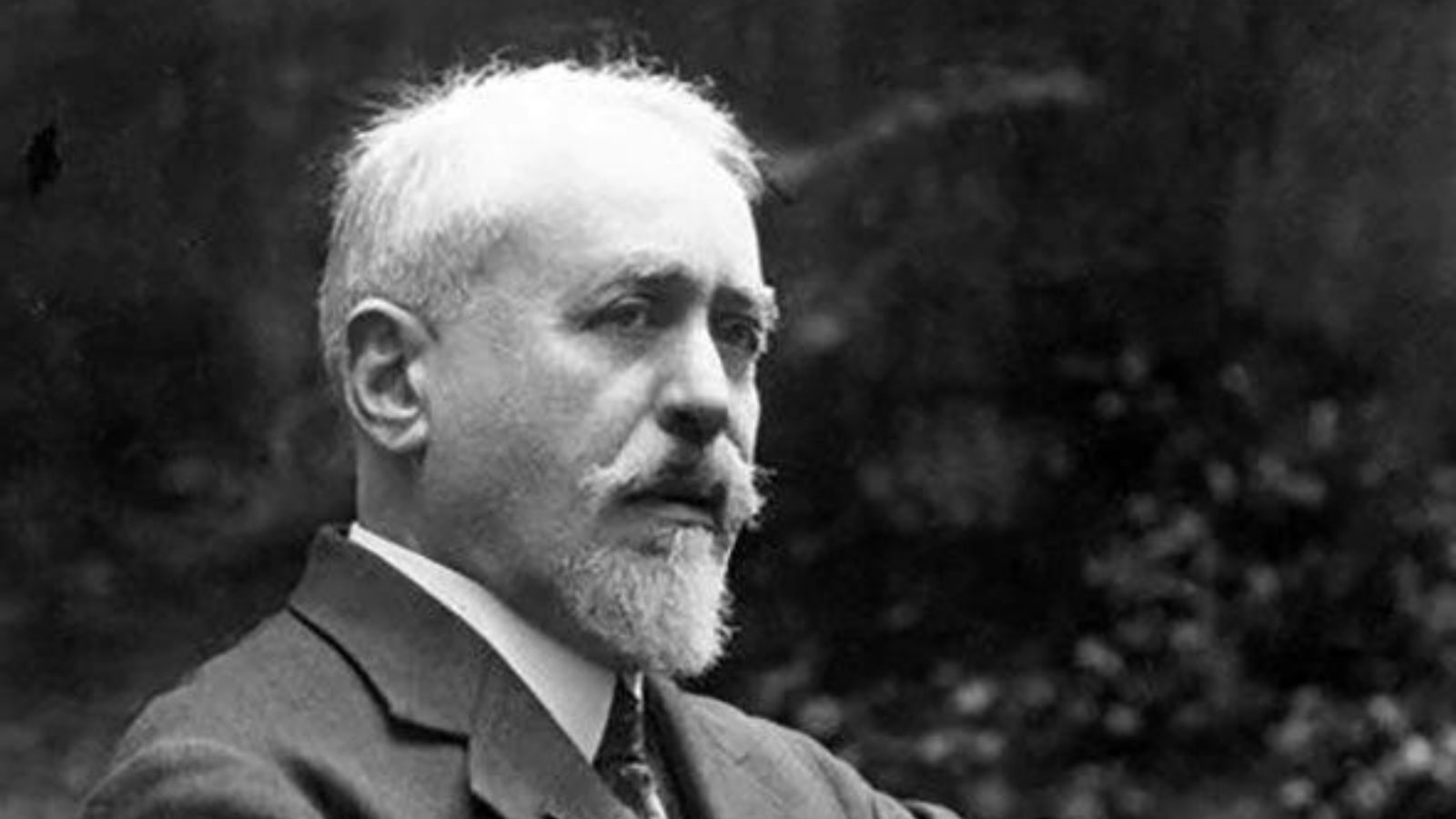Paul Dukas – A Complete Biography
Introduction
Paul Abraham Dukas (October 1, 1865 – May 17, 1935) was a renowned French composer, music critic, scholar, and influential teacher. Though his compositional output was relatively small, his impact on early 20th-century French music was significant. He is best remembered today for The Sorcerer’s Apprentice, a piece whose fame has eclipsed much of his other work.

Childhood
Born into a Jewish family in Paris, Dukas was the second of three children. His father, Jules Dukas, was a banker, and his mother, Eugénie, was a talented pianist who tragically died giving birth to their third child when Paul was just five years old. Although he received piano lessons early on, he displayed no exceptional musical talent until around age fourteen, when he began composing during a period of convalescence.
Youth
At sixteen, Dukas entered the Conservatoire de Paris, studying harmony with Théodore Dubois, composition with Ernest Guiraud, and piano with Georges Mathias. Among his fellow students was Claude Debussy, with whom he formed a lifelong friendship.
He gained early recognition in 1888 when he won the second Grand Prix de Rome for his cantata Velléda. Feeling disappointed at not receiving the first prize, he left the Conservatoire in 1889 and shortly thereafter began a dual career as composer and critic.
Adulthood
Dukas’s adult life was marked by both creative brilliance and rigorous self-criticism. He served as a music critic for several major French journals between the 1890s and early 1900s, maintaining a unique independence amid polarized musical factions.
As a composer, he meticulously refined his works, often destroying pieces he deemed unworthy. In his later years, Dukas devoted himself to teaching. After Charles-Marie Widor’s retirement in 1927, he became professor of composition at the Conservatoire de Paris and also taught at the École Normale de Musique. His students included Olivier Messiaen, Maurice Duruflé, Joaquín Rodrigo, Manuel Ponce, Walter Piston, and others.
Major Compositions
- Polyeucte (1891) – An overture premiered in 1892, drawing on Wagnerian influences.
- Symphony in C (1895–96) – Dukas’s only symphony, in three movements, initially received mixed reception but later gained appreciation.
- The Sorcerer’s Apprentice (1897) – His most famous orchestral scherzo, inspired by Goethe’s poem. The piece became internationally known, especially through its inclusion in Disney’s Fantasia.
- Solo Piano Works – Including Piano Sonata in E-flat minor (1899–1900) and Variations, Interlude and Finale on a Theme by Rameau (c.1899–1902), technically demanding pieces reflecting Beethoven and Franck’s influences.
- Opera: Ariane et Barbe-bleue (1907) – A lyrical drama based on a Maurice Maeterlinck libretto; praised but overshadowed by contemporary works like Strauss’s Salome.
- Ballet: La Péri (1912) – A “poème dansé” with an added fanfare to settle audiences before the delicate opening.
Death
After La Péri, Dukas composed few large-scale works, though he produced occasional piano or vocal pieces, such as La plainte, au loin, du faune… (1920) and Amours (1924), a setting of a Ronsard sonnet. In his final year, he worked on a symphonic poem inspired by Shakespeare’s The Tempest.
He was elected to the Académie des Beaux-Arts and died in Paris on May 17, 1935, at the age of 69. He was cremated, and his ashes rest at Père Lachaise Cemetery.
Conclusion
Paul Dukas was an exacting artist whose legacy extends far beyond his relatively small body of work. Through The Sorcerer’s Apprentice, he achieved enduring fame, but his contributions as a critic and teacher, influencing a generation of composers, are perhaps even more significant. His musical craftsmanship, intellectual rigor, and mentorship left an indelible mark on French and international music.

Comments are closed